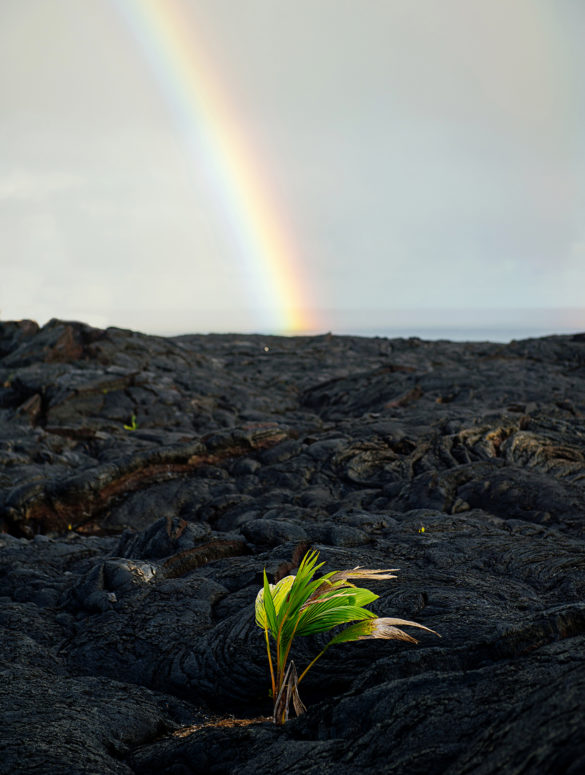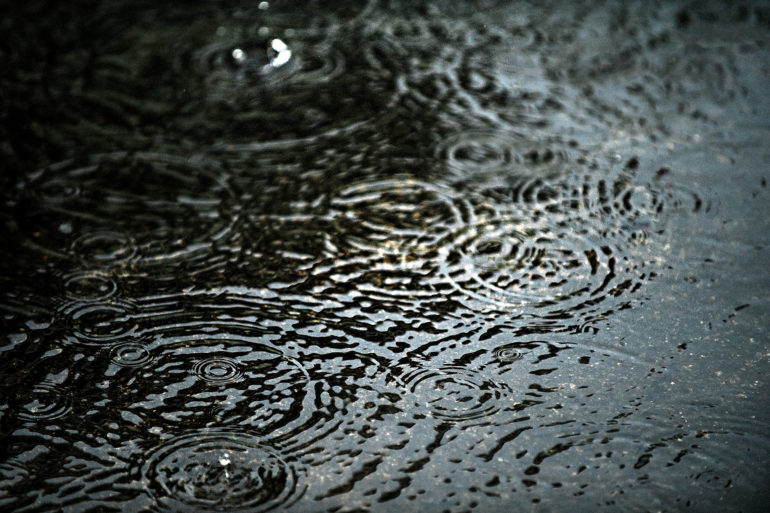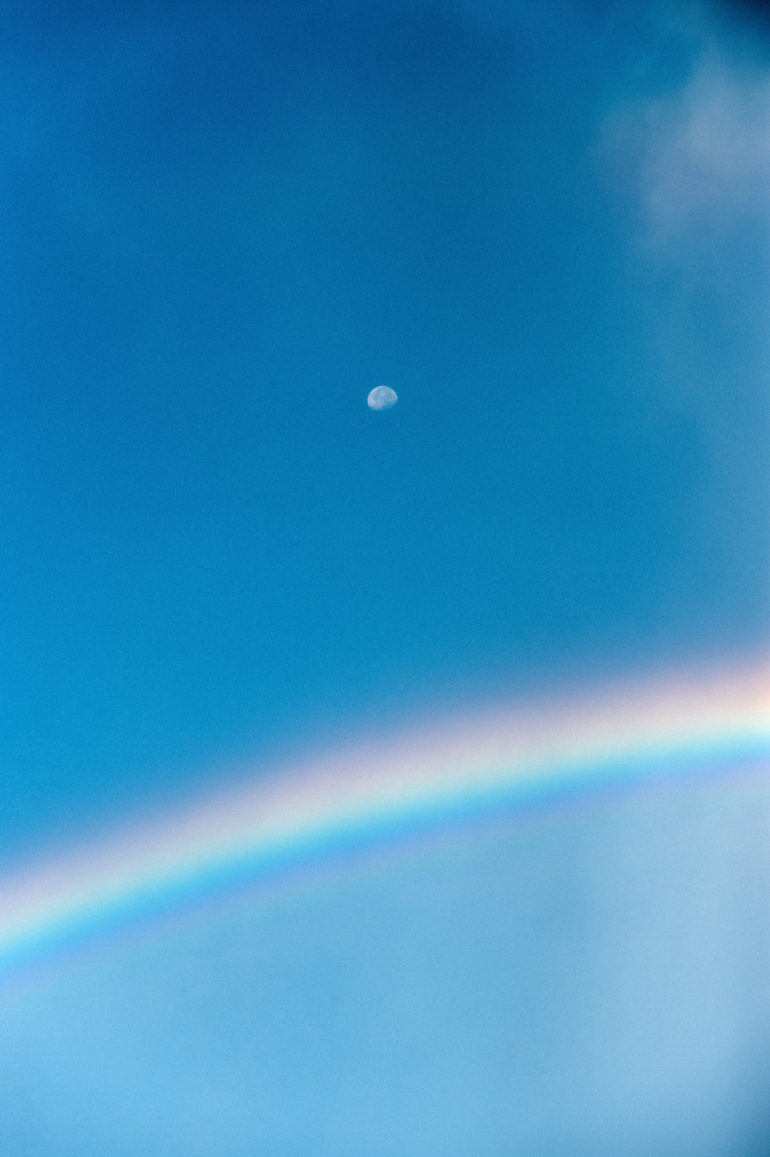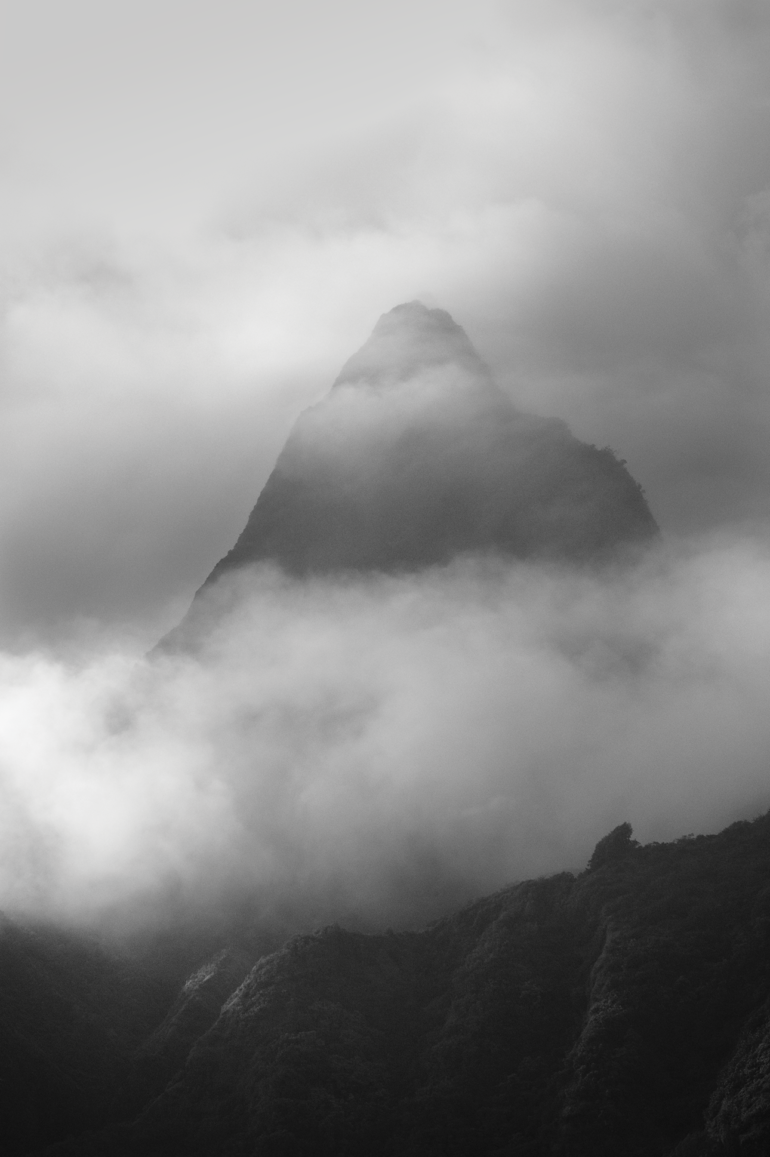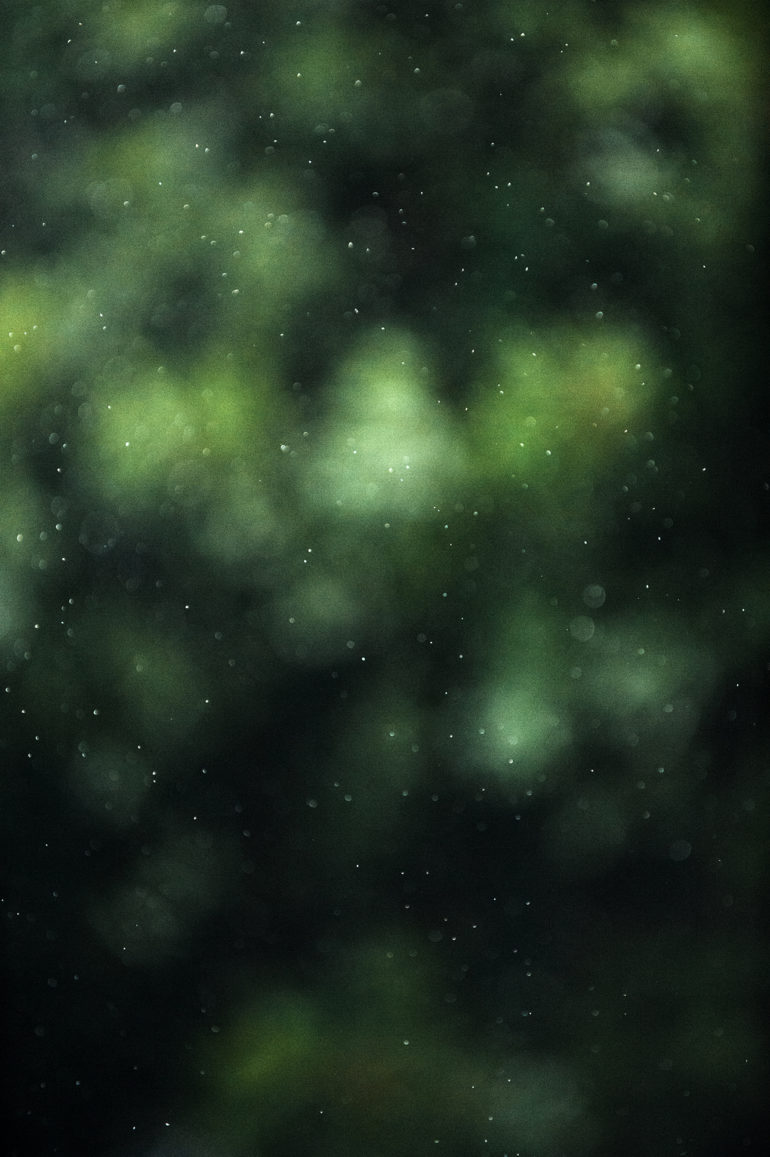Rain, or “ua” in Hawaiian, is a near-daily occurrence in the islands. For residents, these passing showers are business as usual, if not a welcome respite. For malahini (visitors), an unexpected downpour may be perceived as an unfair occurrence, a damper on one’s pre-planned itinerary. But taking a closer look at how they are honored in Hawaiian culture can help those in the islands see the beauty and familial nature of their aqueous arrivals.
Hawaiians value rain, and all its intricacies—the intensity with which it falls, the angles it forms when swooping around a cliff, its many iridescent colors, the places where different types manifest and to which they are linked. This is evident in the Hawaiian language, which has more than 200 known terms for them found across the archipelago. This specific extension of the culture’s vocabulary was collected most recently in Hānau Ka Ua: Hawaiian Rain Names, an encyclopedic record of descriptors sourced from mele (songs), oli (chants), mo‘olelo (legends), ‘ōlelo no‘eau (proverbs), and the broader oral tradition. By recognizing them, author Collette Leimomi Akana and her co-researcher, Kiele Gonzalez, affirm the incredibly nuanced kinship the native culture has with this enduring element.
So the next time you’re enjoying the vista from your hotel lānai and notice a cluster of rainclouds looming in a nearby valley, or you’re walking the streets of Waikīkī and find yourself greeted by a gentle drizzle, contemplate the names of the regular Honolulu rains you may encounter in the island’s kona (leeward) district. Because when you know a rain’s name—or how to greet a Hawaiian rain as it greets you—you’re all the more likely to welcome it with open arms.
Hā‘ao
Found in the ahupua‘a, or land division, of Nu‘uanu, this rain falls in successive showers. Its description was taken from the word “hā‘ao” itself, which refers to the courtly entourage that proceeds after a chief—its showers follow one another in a noticeable pattern of heavy and light precipitation. Its repetitive pattern, called the uahā‘ao or naouahā‘ao, has also been interpreted as a design for kapa, a barkcloth fabric.
Koko
When a rain carries with it a rainbow, or is so heavy it turns streams red-brown with muddy runoff, it is referred to as the koko rain. The color red, or “‘ula” in Hawaiian, is a culturally powerful hue. When it expresses itself in nature, it is given amplified attention, which is why it is also called “kōkō ‘ula” (literally, “network of red color,” as the spreading of a rainbow) or ua koko (a “blood-red rain”). The koko rain is symbolic of royalty or the divine. Priests saw koko rains as omens, and they interpreted their fleeting rainbows in dual fashions, as the foreshadowing of either a chief’s birth or death.
Wa‘ahila
True to its name, this rain is found at Wa‘ahila, a ridge between Mānoa and Pālolo valleys. However, it can extend into nearby districts, reaching as far as Judd and Wyllie streets in Honolulu. The character of this rain is soft and sweeping. Fittingly, there’s a song set in Waikīkī to ruminate on the next time such a lovely rain falls nearby. In a Hawaiian epic told by Ho‘oulumāhiehie, Wa‘ahila is referred to as a “blanketing fall,” and an “outpouring of love, rising to brightness.”
Kuahine
This rain is often associated with the area of Mānoa, but even if you don’t find yourself there during your stay, keep your ears perked for the term while listening to Hawaiian music at House Without a Key—this rain is name-checked in many songs about the region. While the lyrics and melodies may sound beautiful, the ancient legend behind its name is quite sad. Kuahine was a chiefess with a daughter so beautiful she was the source of gossip; men often boasted they had slept with her. When the daughter’s lover heard these rumors, he killed her. Overcome with sorrow, Kuahine transformed into this rain.
Līlīlehua
Literally the “lehua blossom chill” or “tiny drops on the lehua blossom,” one usually meets this rain in Pālolo, a quiet community inland of Kaimukī. Līlīlehua, a delicate and chilly sheet of rain that clings to the valley, is described in a song as a “rain that soothes the mind, stirring up feelings in [the] heart.” According to myth, this rain takes its name from a beautiful woman who lived in Pālolo. A mo‘o, or legendary lizard, loved Līlīlehua, but she had fallen in love with another man. Jealous, the mo‘o turned her into this rain that never ventures past Wai‘alae Avenue.
Nāulu
Across Hawai‘i, even when the weather appears pristine, a rain can surprisingly manifest. Hawaiians named this type of rain, a sudden shower, “nāulu.” It also shares its name with a wind and storm cloud, which work in concert to produce such rain out of the blue.
Po‘onui
Poeticisms aside, Hawaiians did admittedly consider some rains to be nuisances. In this case, po‘onui is a troublesome or top-heavy shower. Literally meaning “big head,” this generally descriptive term refers to an uncomfortable rain so cold it numbs the head and sends shivers down one’s spine.

